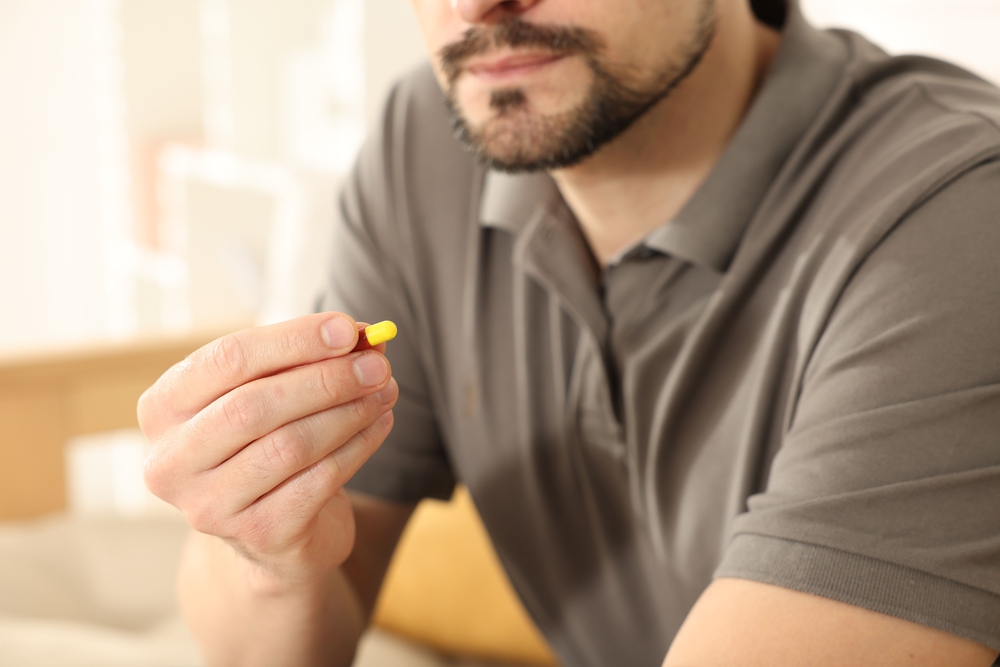
For many people, drug and alcohol use disorders are complex conditions that often lead to painful, emotionally challenging withdrawal if a person stops using. That is one reason so many continue to use – it feels impossible to stop. Yet, medication assisted treatment, or MAT may be one way to help reduce those cravings and withdrawal symptoms, making it easier for you to start on the path to recovery. What is MAT? Is it right for you? Medication-assisted treatment in California is available to many people, and it could prove to be one of the most important tools available on the road to recovery.
How Does MAT Work?
In short, MAT is the use of medications along with behavioral therapy and counseling to help provide the patient with tools to help them stop using. It is considered a “whole person” approach to the treatment of substance use disorders. Any medication used in MAT has been approved to do so through the Food and Drug Administration (FDA) for this type of treatment.
Therapists and doctors select medications based on the specific needs of the individual. The Substance Abuse and Mental Health Services Administration (SAMHSA) states that research shows MAT can help many people stop using drugs or alcohol and may help sustain long-term recovery. It may also be a way to prevent or reduce a person’s risk of having an overdose, especially in the case of opioids.
When doctors prescribe this type of treatment, the medications used work to reduce the cravings and withdrawal symptoms. For example, one of the most common uses is the treatment of opioids. When the right types of medications are used, the medication works to normalize brain chemistry. In that, it blocks the feeling of being “high” or the euphoric effects that are brought on when using opioids.
As a result of that, it relieves the physiological cravings a person has. The body begins to function normally again without the withdrawal symptoms that so commonly occur. Soon, the brain realizes that using the drug is no longer creating a benefit, and the cravings stop.
How Effective Is MAT Treatment?
Each person may have a different experience due to brain chemistry, underlying causes of using drugs and alcohol, and previous history. SAMHSA states that MAT has been proven to be clinically effective. It has shown the ability to reduce the need for some alcohol and drug detoxification services because the medications work to reduce the cravings and withdrawal symptoms in an effective manner.
When used properly, MAT is tailored to fit the individual needs of a person. When that happens, it can be highly effective at addressing the most common complications and needs of patients. Remember, it is not just medication but behavioral therapies that also contribute to the effectiveness of this type of care.
What Can MAT Do for You?
If you are using drugs and alcohol and finding it difficult to stop, MAT may be helpful to you. It is often beneficial for treating alcohol use disorder and opioid use disorder, including treatment for prescription pain medications and heroin.
When used according to the directions of a medical doctor, MAT may be able to help with:
• Improving a person’s survival by reducing long-term substance use and helping to avoid overdose death
• Increasing retention in treatment, which means more thorough treatment of the addiction
• Reducing the illicit use of opiates like heroin, which means less criminal activity and involvement for the individual
• Better ability to help a person to put their lives back together and get back to school or work
• Aid in reducing complications from birth for women who have a substance use disorder
With supportive residential treatment in California, it may finally be possible for you to get through subsense use disorder’s hold and on to a healthier future. The key is committing to treatment and embracing it.
What Types of Medications Are a Part of MAT?
The medications used in substance use disorder depend on a person’s needs, including the types of drugs taken. Here are some examples of what doctors may prescribe:
Alcohol use disorder medications
For a person with alcohol use disorder, common medications that are a part of the MAT program include:
• Acamprosate
• Disulfiram
• Naltrexone
These medications do not cure the disorder. They just better help your brain to manage it.
Opioid dependency medications
For people who are dependent on opioids, the medications commonly used include:
• Buprenorphine
• Methadone
• Naltrexone
These medications typically work as a treatment for short-acting opioids, like morphine or heroin. It may also help with hydrocodone or oxycodone dependency.
Opioid overdose prevention medications
Naloxone is a drug that can provide immediate reversal of the effects of opioids when a person is at risk of overdosing from it.
How Does a Person Get Started with MAT?
The first step in treatment for drug and alcohol substance use is an assessment. That means working with therapists and doctors to determine the severity of the disorder as well as any physical and mental health needs of the individual. Once this occurs, many people will receive a MAT plan, which will outline what is going to be done and how treatment will apply. Often, MAT can be used in a residential treatment program as a first step in helping an individual to stop using drugs and alcohol in a safe and protected space. Over time, a person may continue MAT for weeks, months, or sometimes years.






